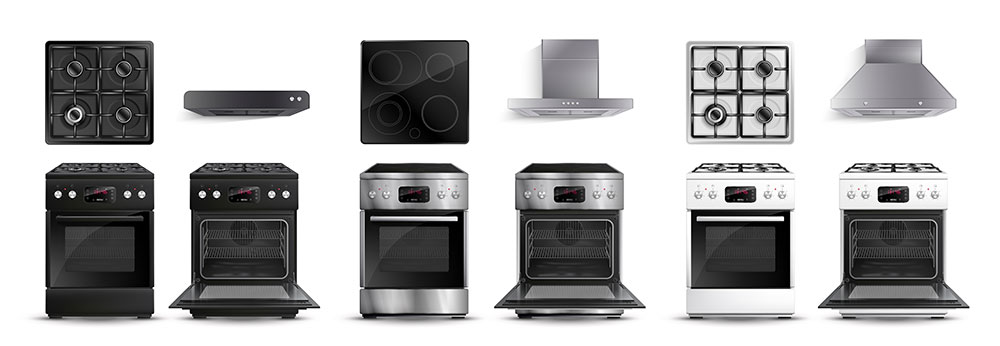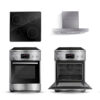Electric stoves are appliances that use electricity to heat up cookware and food, instead of gas or other fuels. Electric stoves have many benefits that make them a great choice for your cooking needs. Here are some of the reasons why you should consider electric stoves for your kitchen.
Types of Electric Stoves
There are different types of electric stoves that you can choose from, depending on your preferences and budget. The most common types are:
Coil Stoves
Coil stoves are the most common type of electric stove. They have heating coils that heat up when electricity is passed through them. The coils then transfer heat to the cooking surface. Coil electric stoves are relatively inexpensive, but they can be slow to heat up and can be difficult to clean.
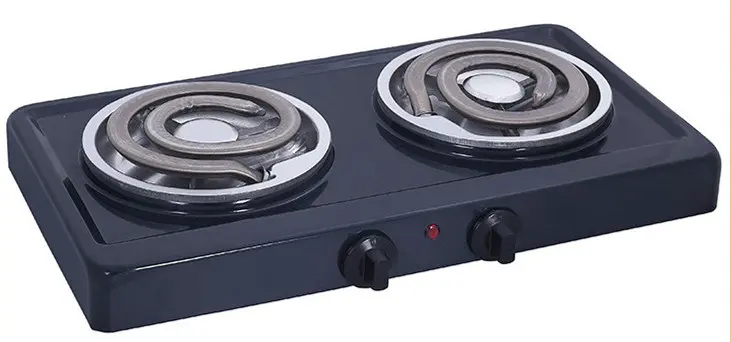
Here are some of the advantages and disadvantages of coil stoves:
Advantages of Electric Coil Stoves:
- Inexpensive
- Easy to use
- Durable
- Widely available
Disadvantages of Electric Coil Stoves:
- Slow to heat up
- Difficult to clean
- Can be uneven heating
- Not as energy-efficient as other types of electric stoves
Electric Ceramic Stoves
Electric ceramic stoves are a type of stove that uses a ceramic heating element to generate heat. The ceramic element is typically made of cordierite, which is a very durable and heat-resistant material.
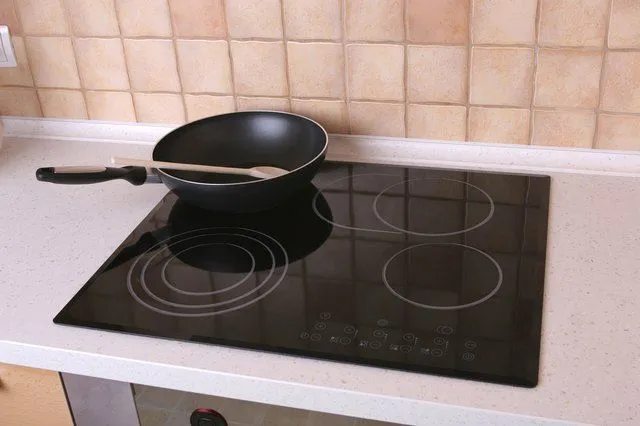
Advantages of Electric Ceramic Stoves
- Efficiency: Ceramic stoves are very efficient at heating, and they can produce heat very quickly. This makes them a good choice for homeowners who are looking for a way to reduce their energy costs.
- Clean burning: Ceramic stoves produce very few emissions, which makes them a good choice for homeowners who are concerned about the environment.
- Easy to clean: Ceramic stoves have a smooth, glass-like surface that is very easy to clean.
- Aesthetics: Ceramic stoves can be a beautiful addition to any home. They are available in a variety of styles and colors, so you can find one that perfectly suits your décor.
Disadvantages of Electric Ceramic Stoves
- Cost: Ceramic stoves can be more expensive than other types of stoves, such as gas or electric coil stoves.
- Fragility: The ceramic heating element is fragile and can be damaged if dropped or hit with a hard object.
- Slow cooking: Ceramic stoves can take longer to cook food than other types of stoves, such as gas stoves.
How to Choose a Ceramic Stove
When choosing a ceramic stove, there are a few things to keep in mind:
- Size: Make sure to choose a stove that is the right size for your kitchen. Ceramic stoves come in a variety of sizes, so you can find one that will fit perfectly in your space.
- Power: Ceramic stoves come in a variety of power ratings. Choose a stove that is powerful enough to meet your needs. If you cook a lot, you will need a more powerful stove.
- Features: Some ceramic stoves come with additional features, such as timers, temperature sensors, and automatic shut-off. Choose a stove that has the features that are important to you.
Electric Induction Stoves
Induction stoves are a type of electric stove that uses electromagnetic induction to heat cookware. Induction stoves have a smooth, glass-ceramic surface that contains a coil of copper wire. When an electric current is passed through the coil, it creates a magnetic field. When a magnetic cookware is placed on the stove, the magnetic field induces an electric current in the cookware. This electric current heats the cookware, which in turn cooks the food.

Advantages of Electric induction Stoves
- Efficiency: Induction stoves are very efficient at heating, and they can produce heat very quickly. This makes them a good choice for homeowners who are looking for a way to reduce their energy costs.
- Safety: Induction stoves are very safe to use. The cooktop surface does not heat up, so there is no risk of burns. Additionally, the stove will automatically turn off if there is no cookware on it.
- Precision: Induction stoves offer very precise temperature control. This makes them ideal for cooking delicate dishes, such as sauces and custards.
- Easy to clean: Induction stoves have a smooth, glass-ceramic surface that is very easy to clean.
Disadvantages of Electric induction Stoves
- Cost: Induction stoves can be more expensive than other types of stoves, such as gas or electric stoves.
- Cookware: Induction stoves require magnetic cookware. If you do not already have magnetic cookware, you will need to purchase a new set.
How to choose an Electric induction Stoves
When choosing an induction stove, there are a few things to keep in mind:
- Size: Make sure to choose a stove that is the right size for your kitchen. Induction stoves come in a variety of sizes, so you can find one that will fit perfectly in your space.
- Power: Induction stoves come in a variety of power ratings. Choose a stove that is powerful enough to meet your needs. If you cook a lot, you will need a more powerful stove.
- Features: Some induction stoves come with additional features, such as timers, temperature sensors, and automatic shut-off. Choose a stove that has the features that are important to you.
Electric Convection Stoves
Convection stoves are another type of electric stoves that have a fan inside the oven that circulates hot air around the food. They are ideal for baking and roasting, as they produce even and consistent results. They can also reduce cooking time and energy consumption, as they allow you to lower the oven temperature without affecting the quality of the food. However, they can also be more noisy than conventional ovens, and they can dry out some foods if not used properly.
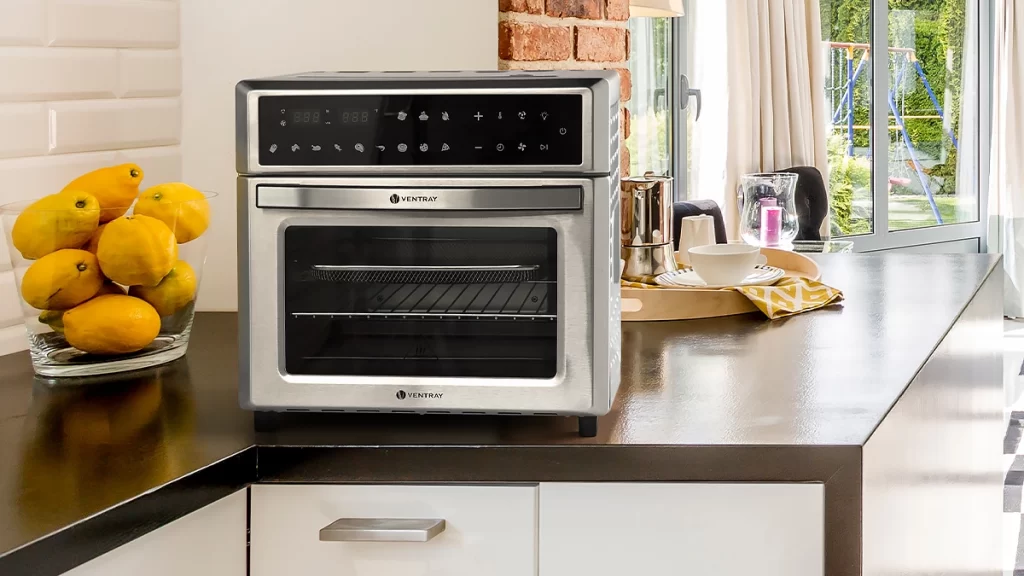
Advantages of Electric Convection Stoves
- Even cooking: The fan circulates the hot air around the food, which helps to cook it more evenly. This is especially beneficial for baking goods, such as cakes and cookies.
- Faster cooking: Convection stoves cook food faster than traditional ovens. This is because the circulating hot air helps to cook the food from all sides.
- Energy efficiency: Convection stoves are more energy-efficient than traditional ovens. This is because they cook food faster, which means that they use less energy.
- Versatility: Convection stoves can be used for a variety of cooking tasks, including baking, roasting, broiling, and grilling.
Disadvantages of Electric Convection Stoves
- Cost: Convection stoves can be more expensive than traditional ovens.
- Drying out food: Convection stoves can dry out food if it is not cooked properly. It is important to adjust the cooking time and temperature when using a convection stove.
- Noise: Convection stoves can be noisy, especially when the fan is running at high speed.
How to Choose a Electric Convection Stove
When choosing a convection stove, there are a few things to keep in mind:
- Size: Make sure to choose a stove that is the right size for your kitchen. Convection stoves come in a variety of sizes, so you can find one that will fit perfectly in your space.
- Power: Convection stoves come in a variety of power ratings. Choose a stove that is powerful enough to meet your needs. If you cook a lot, you will need a more powerful stove.
- Features: Some convection stoves come with additional features, such as timers, temperature sensors, and automatic shut-off. Choose a stove that has the features that are important to you.
Which Electric Stoves is Best?
The best electric stoves for you will depend on your individual needs and preferences. If you are on a budget and looking for a cheap option, then a coil stove is a good option to consider. Just be aware that it may take longer to cook food on a coil stove, and you will need to be careful when cleaning it. If you are looking for a stove that is affordable, easy to use, and easy to clean, then a ceramic stove is a good option. If you are looking for a stove that is very efficient and heats up very quickly, then an induction stove is a good option. If you do a lot of baking or roasting, or if you want to cook food quickly and efficiently, then a convection stove is a good option.


